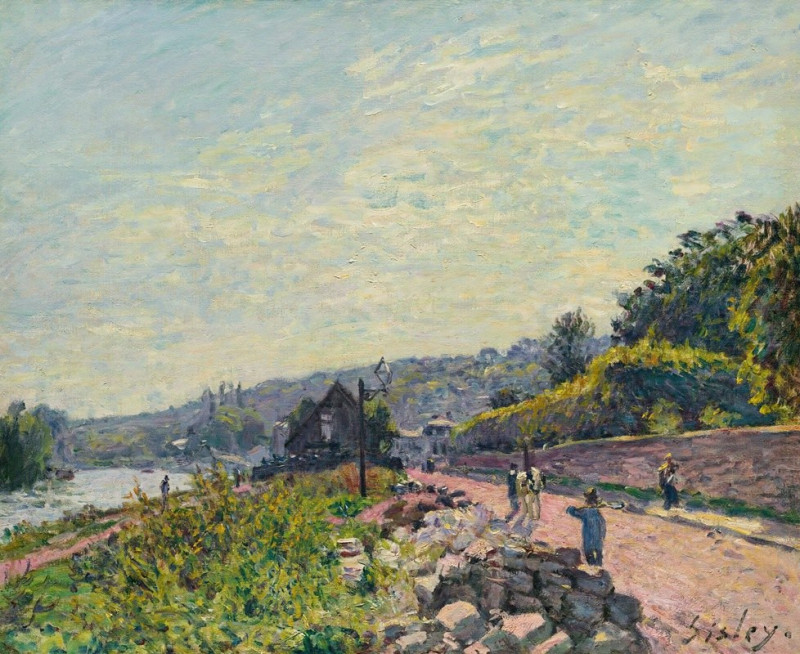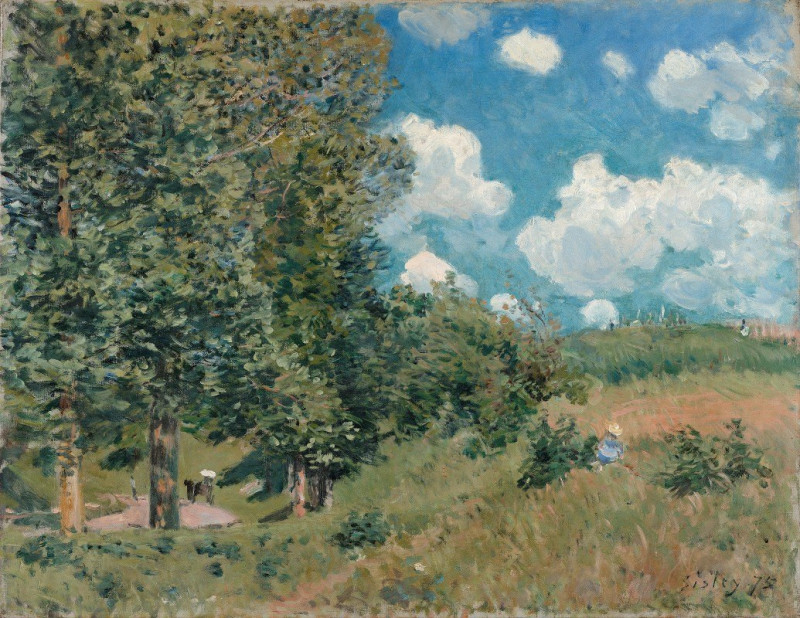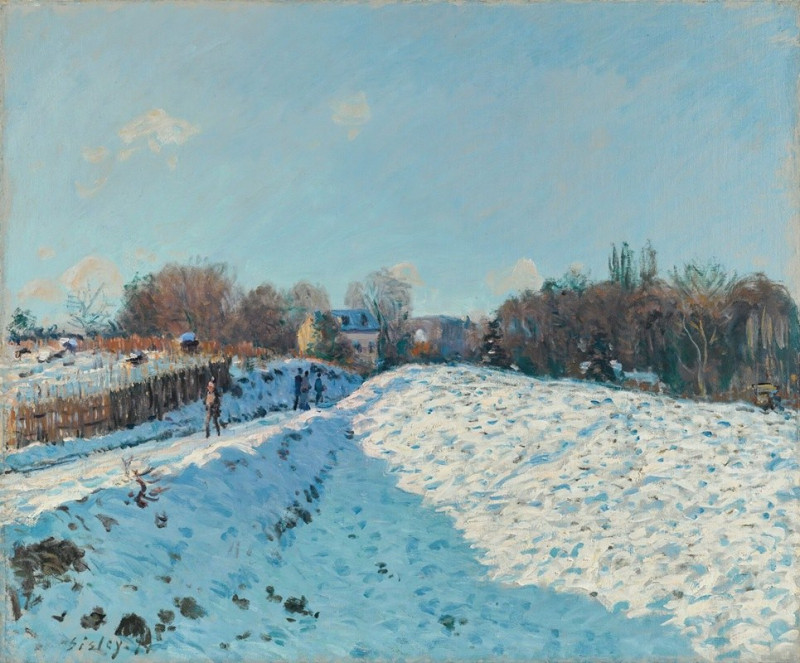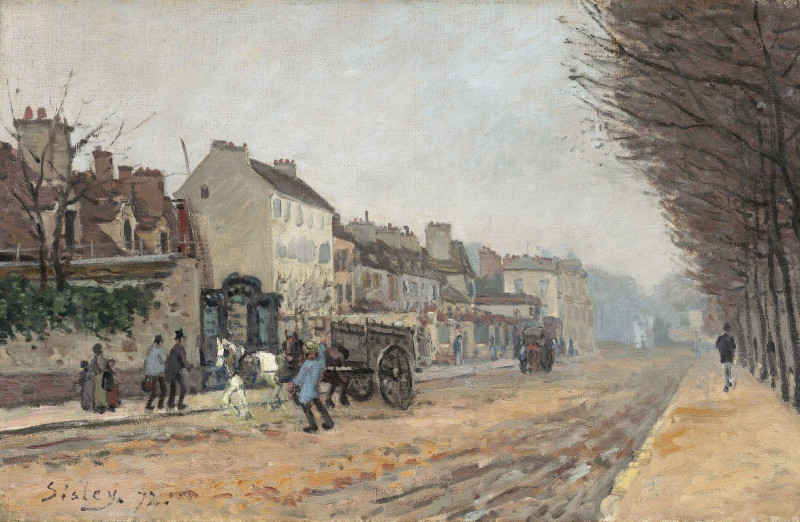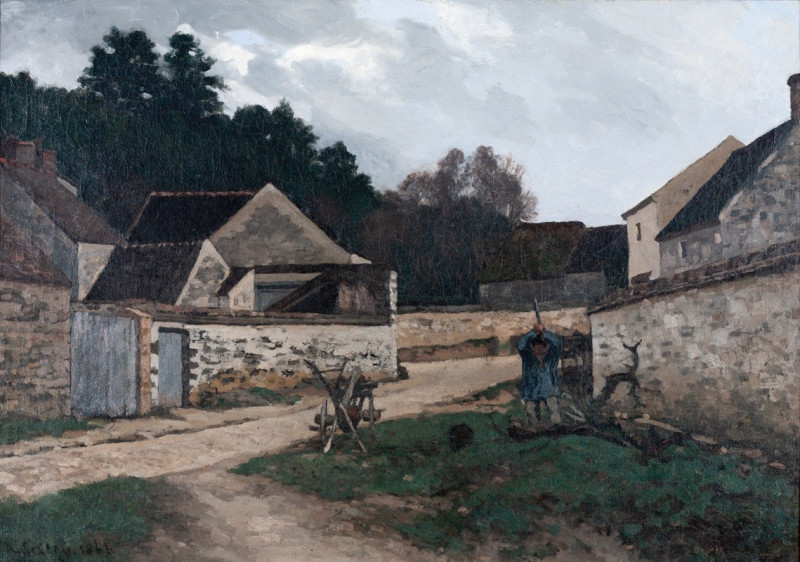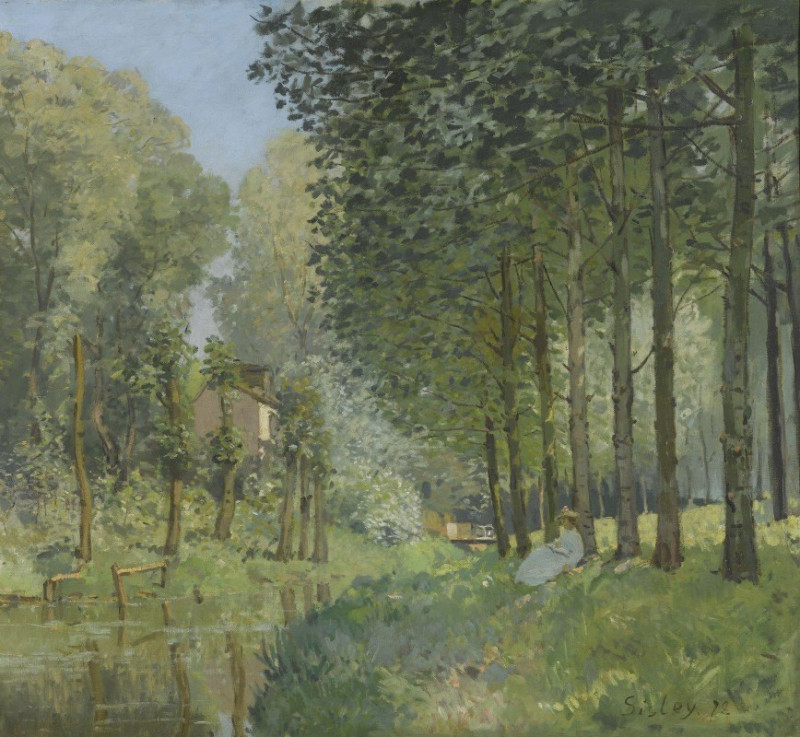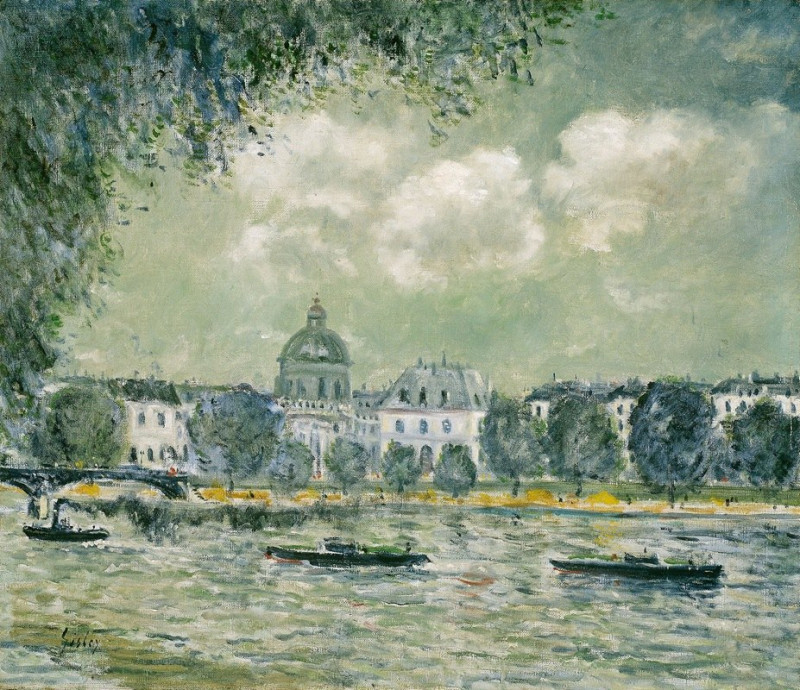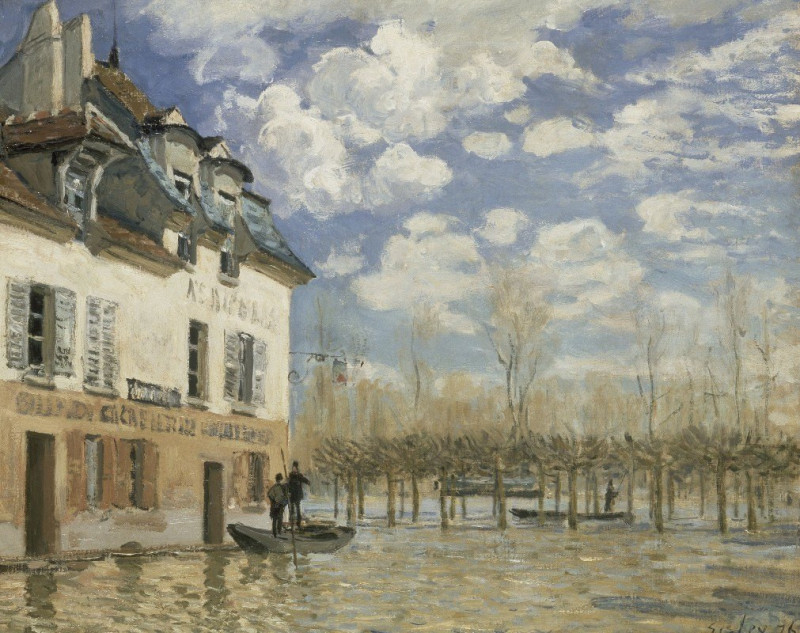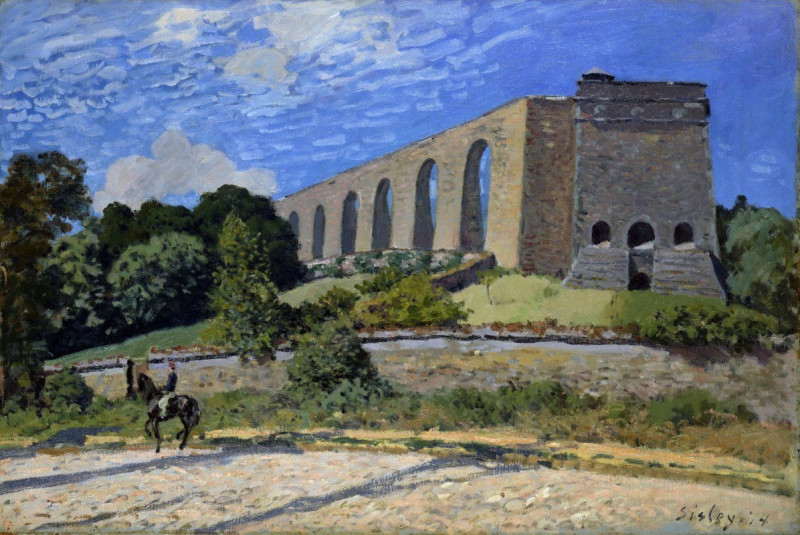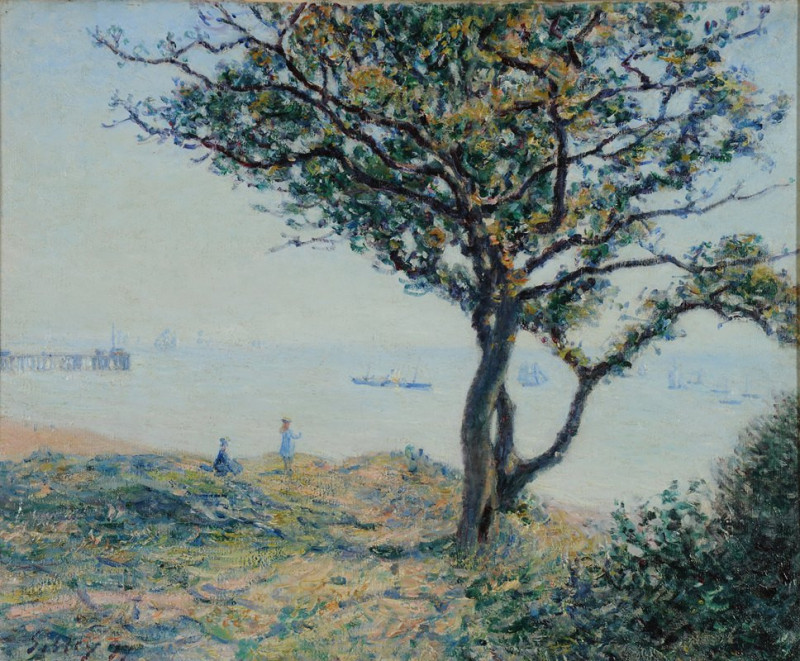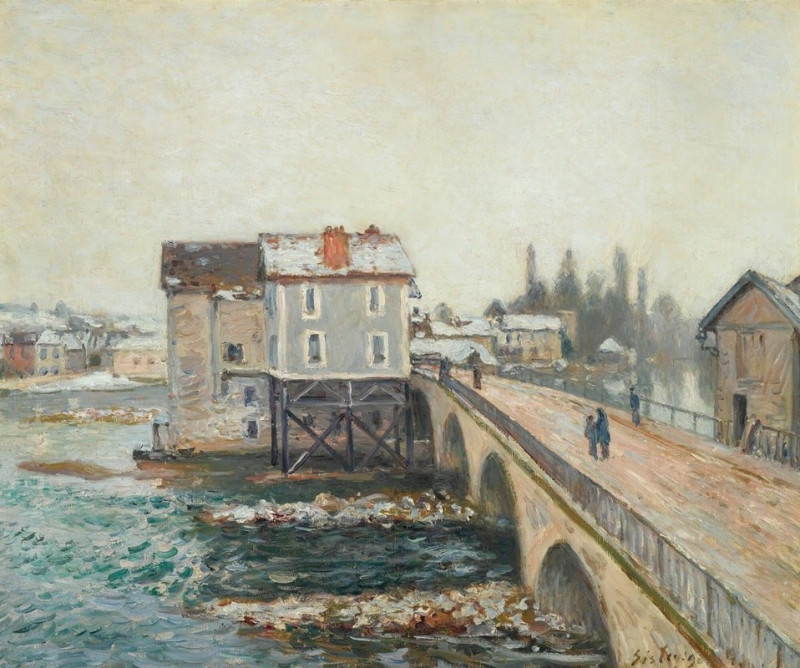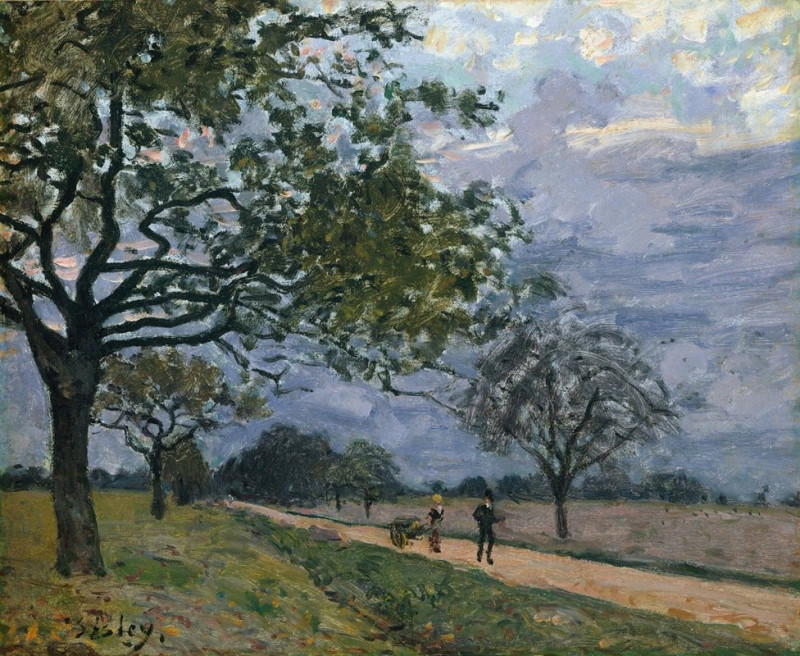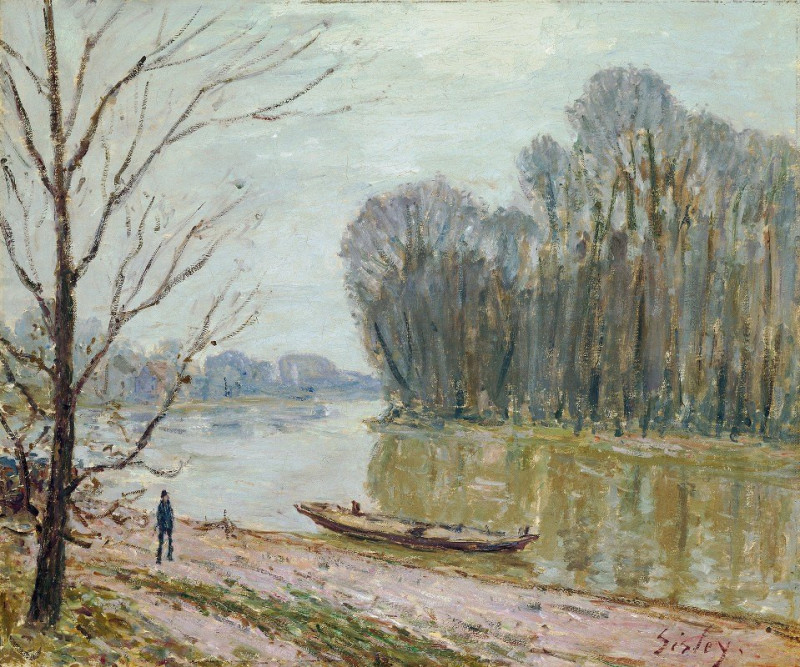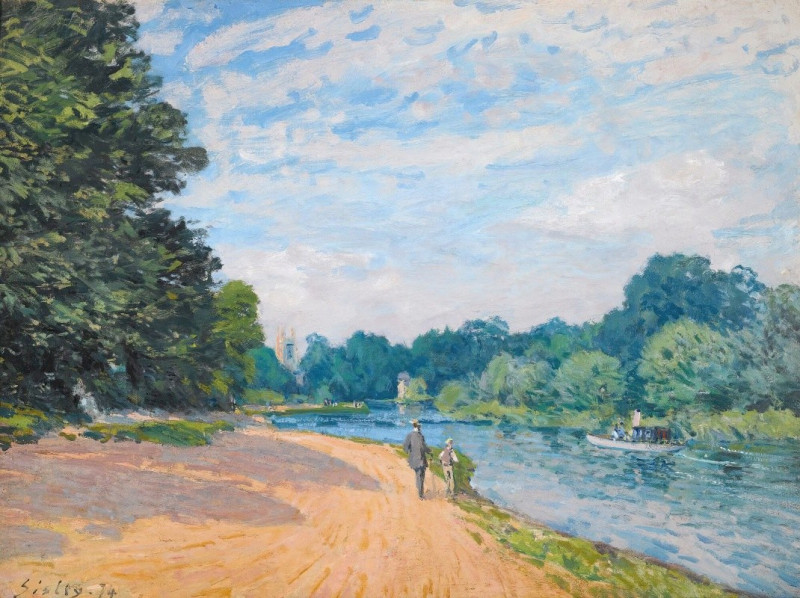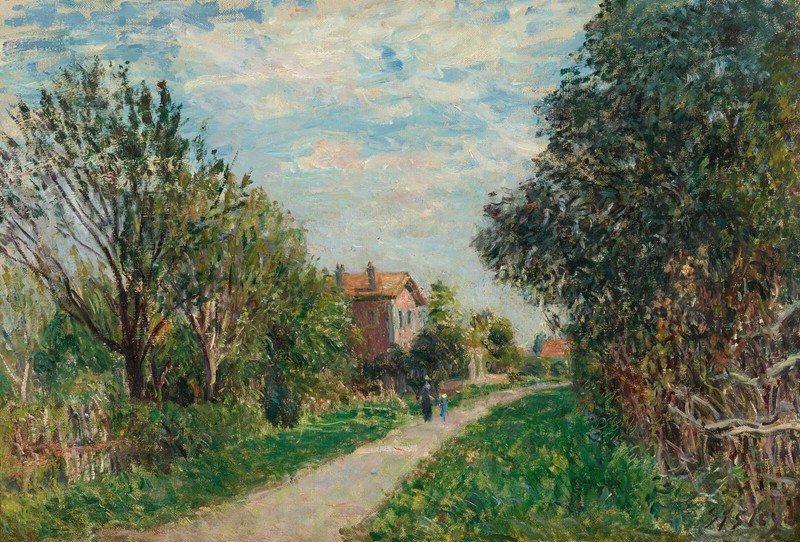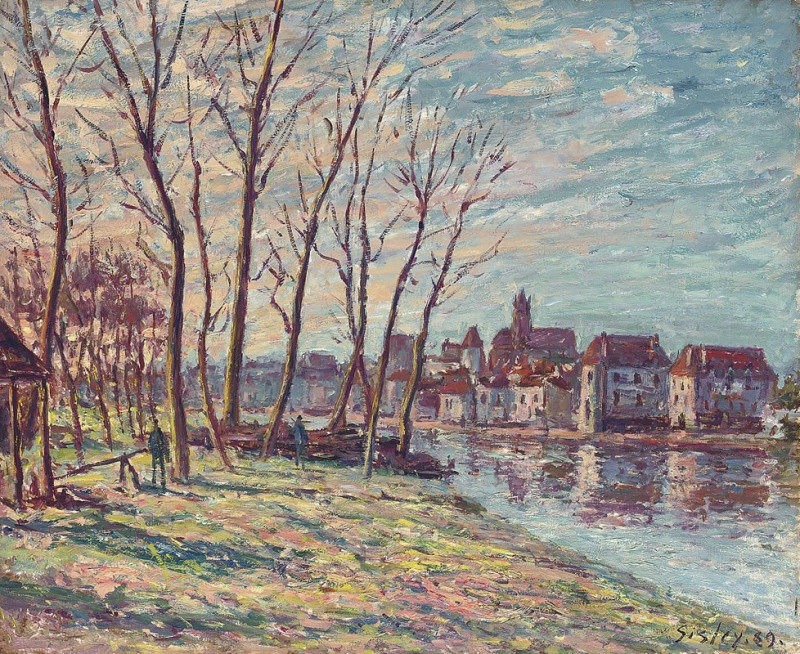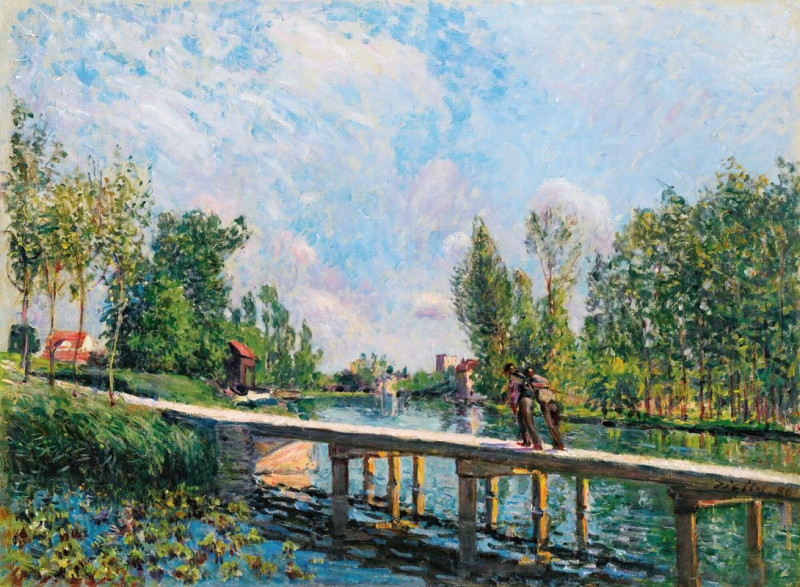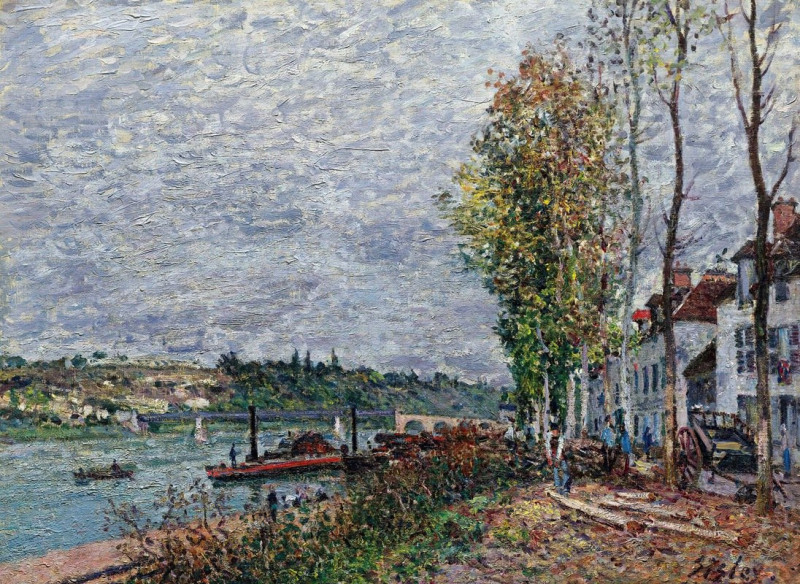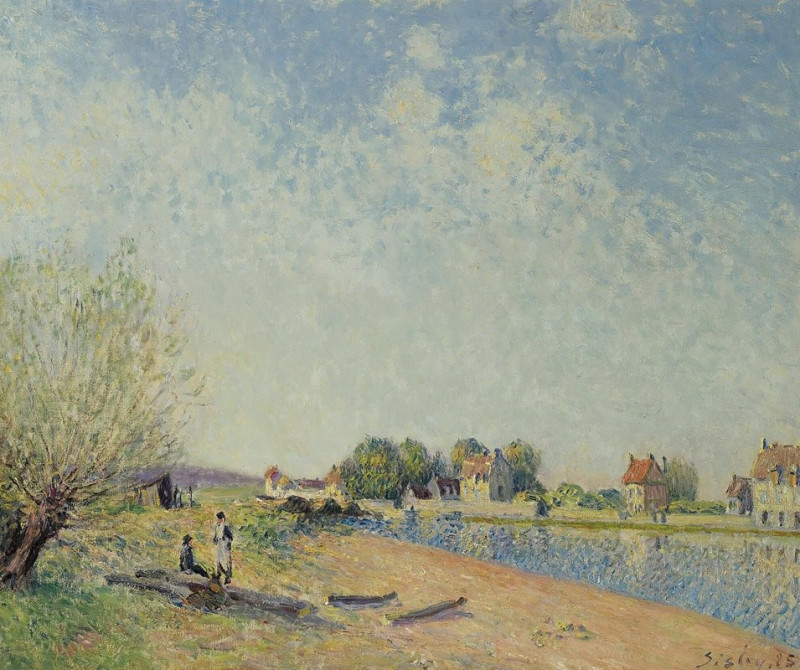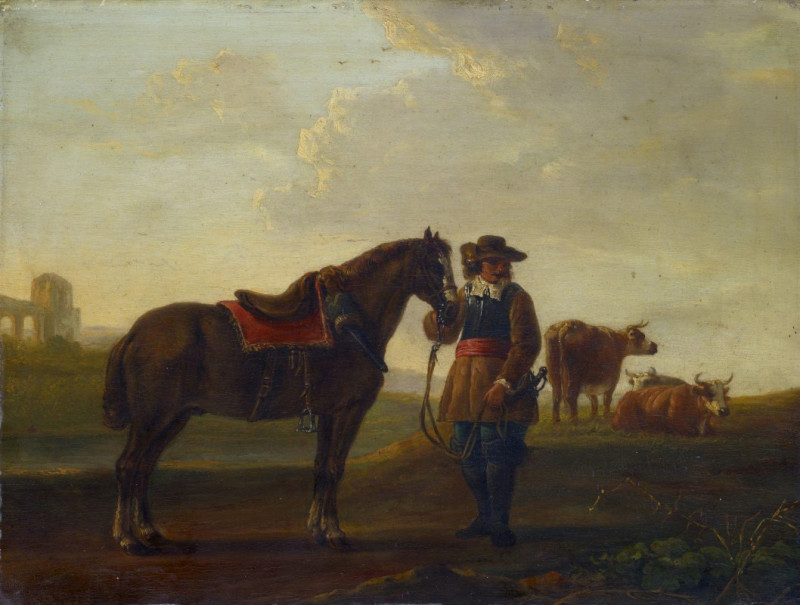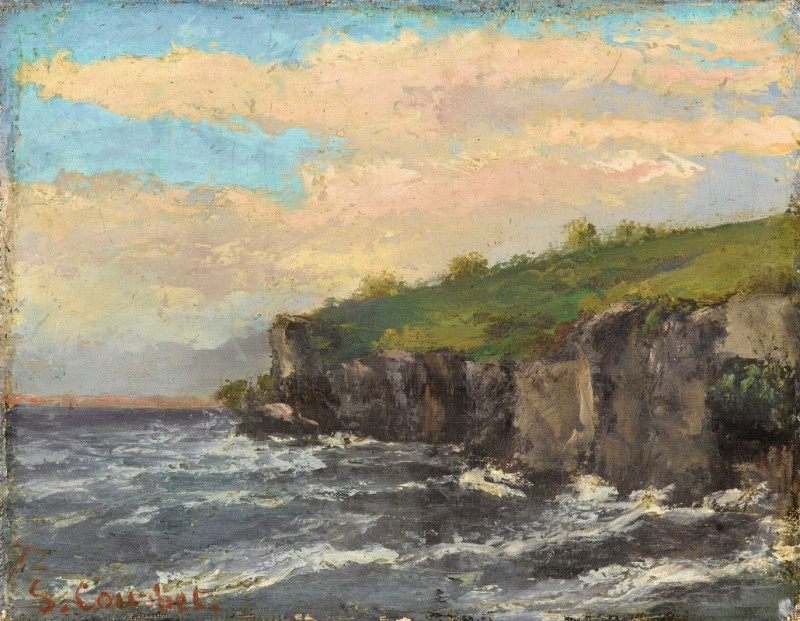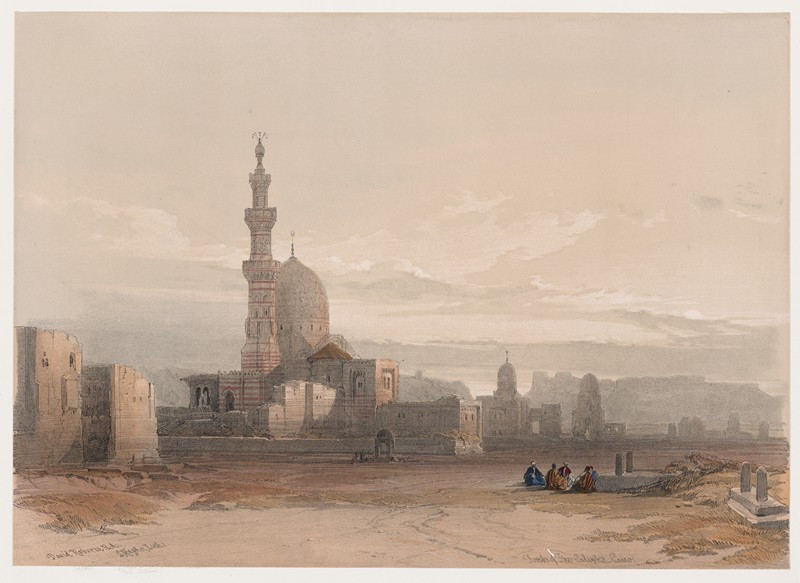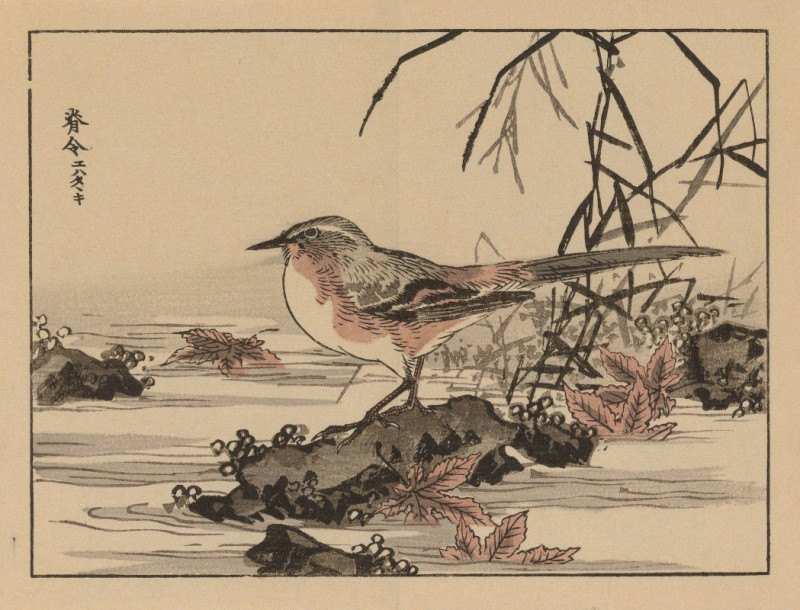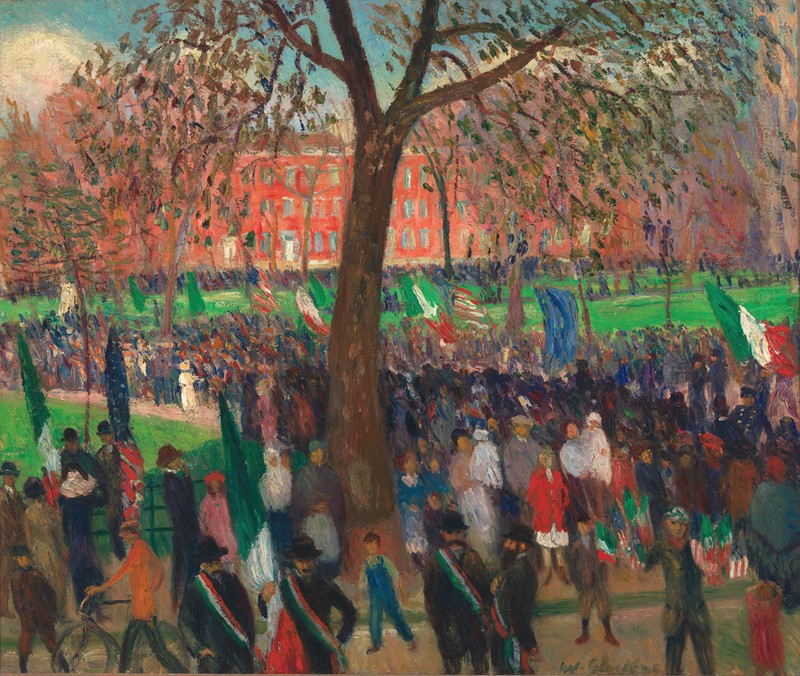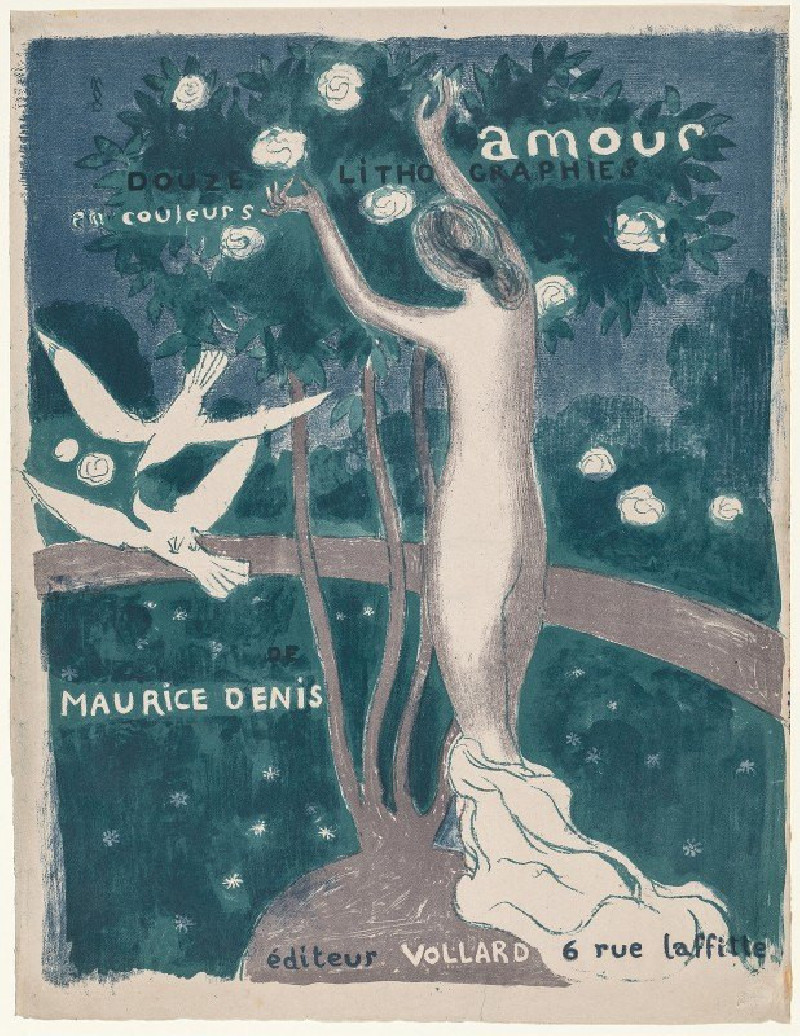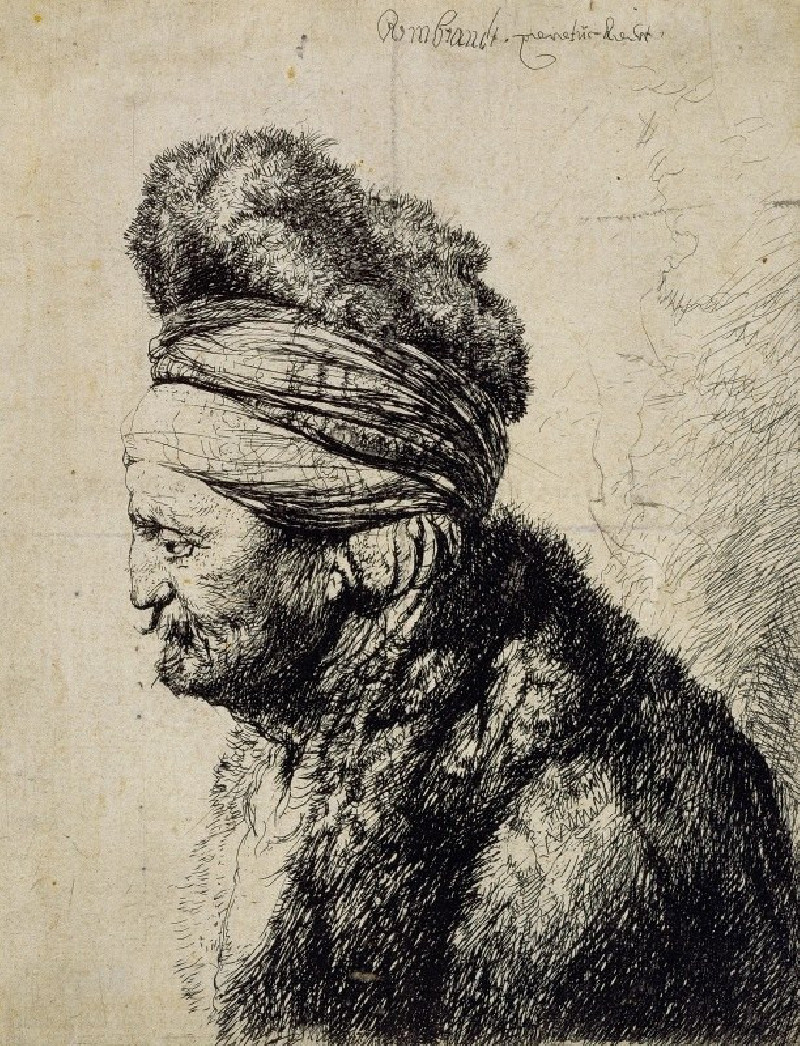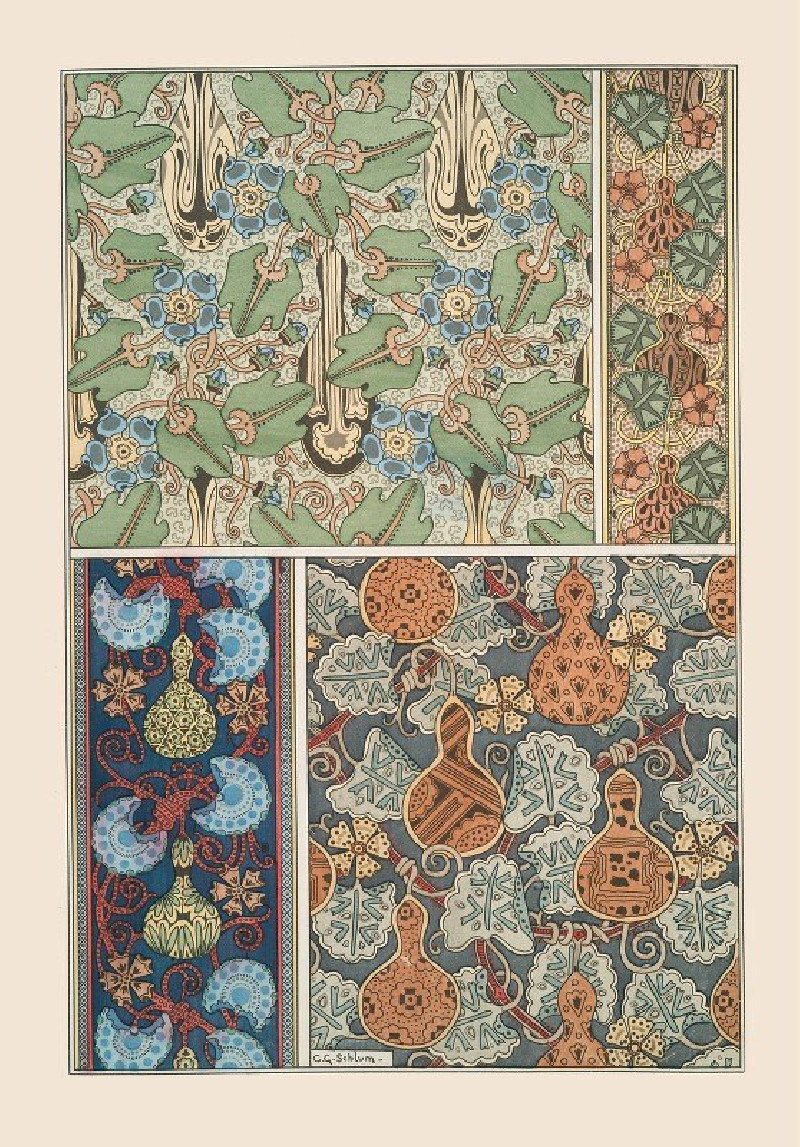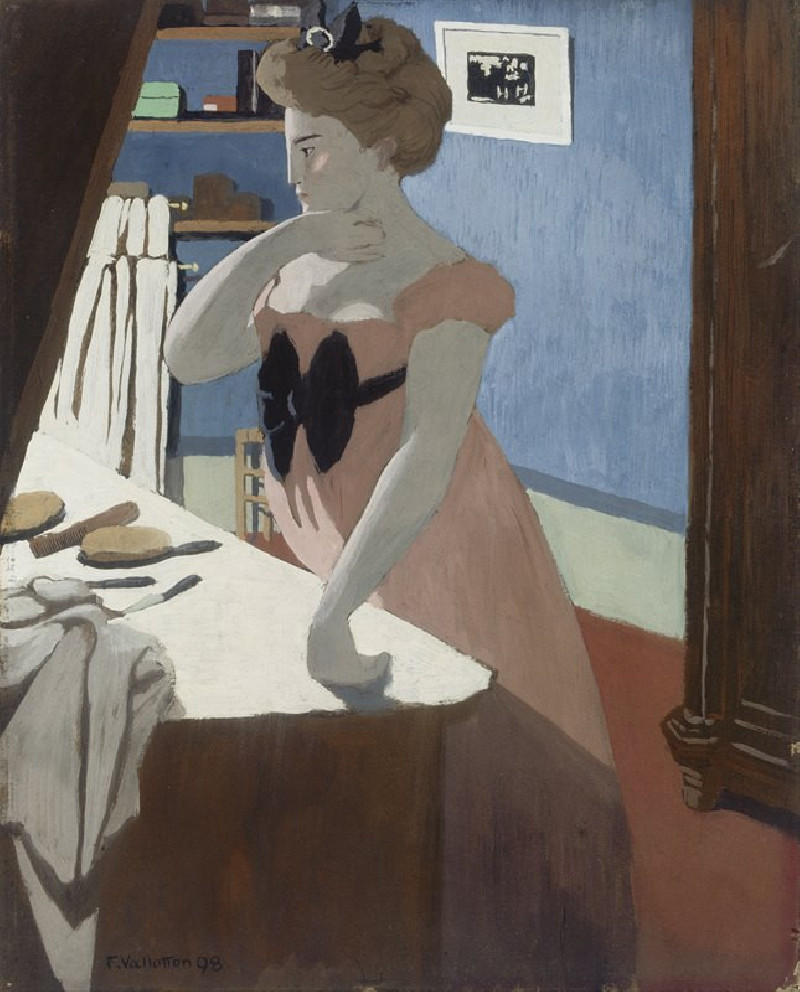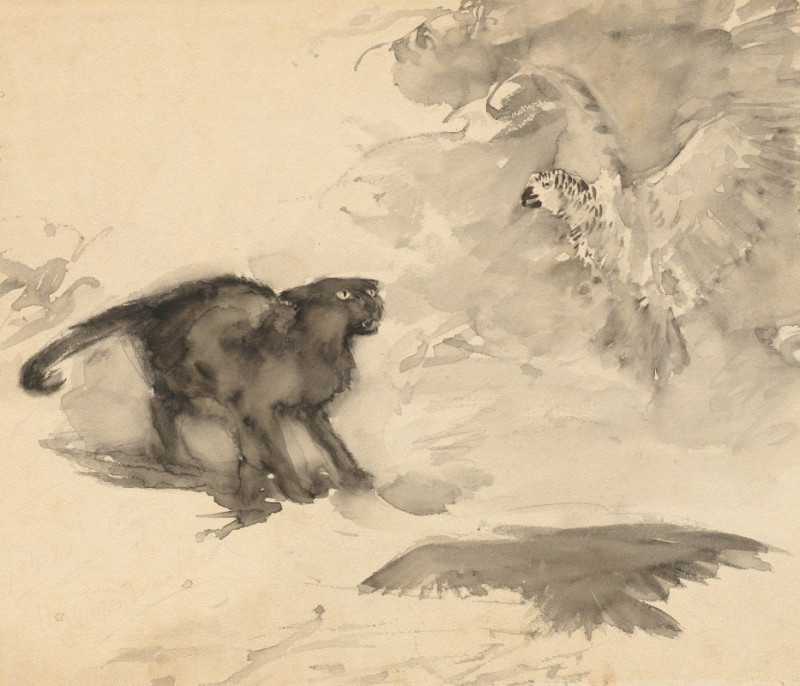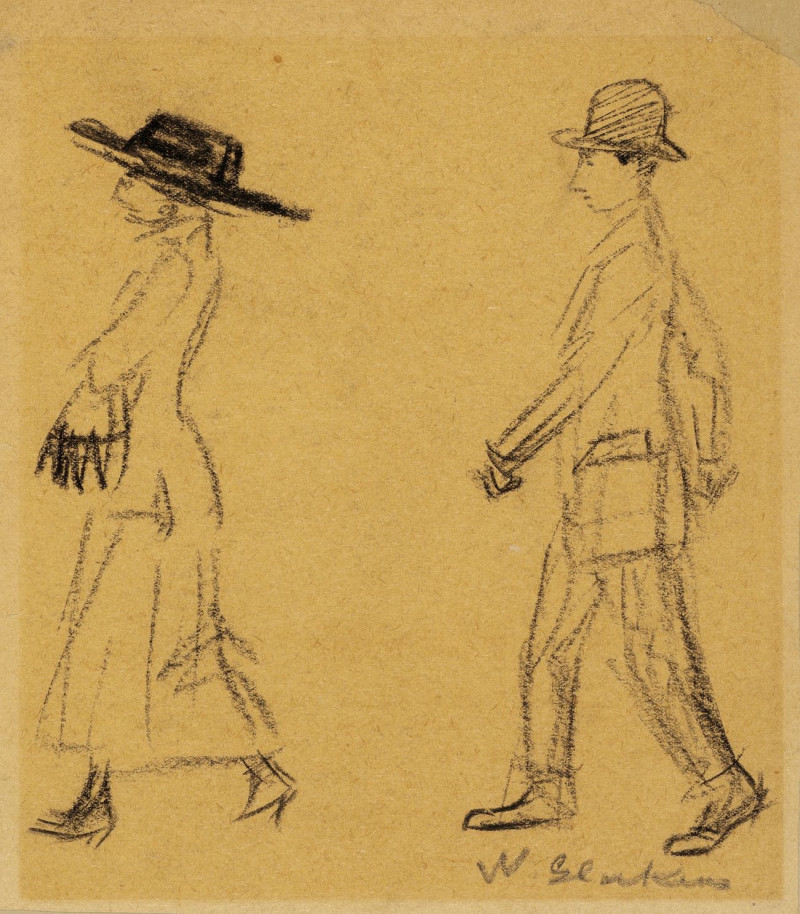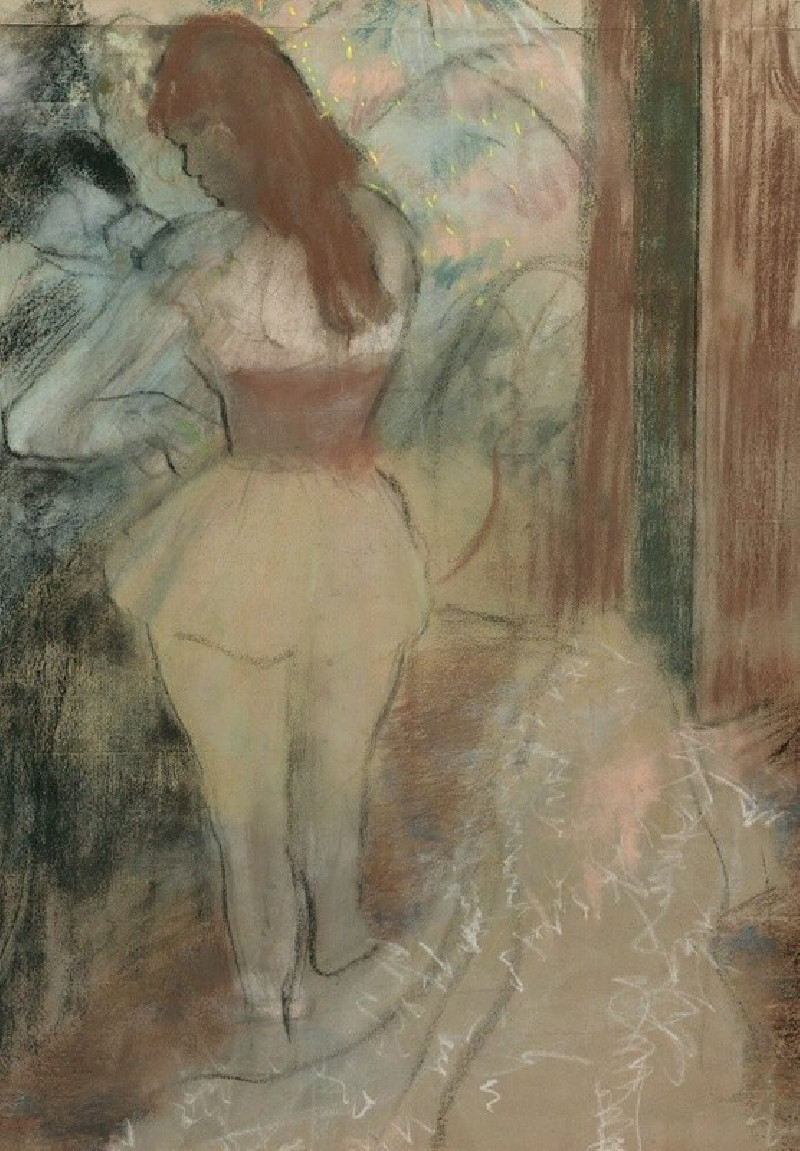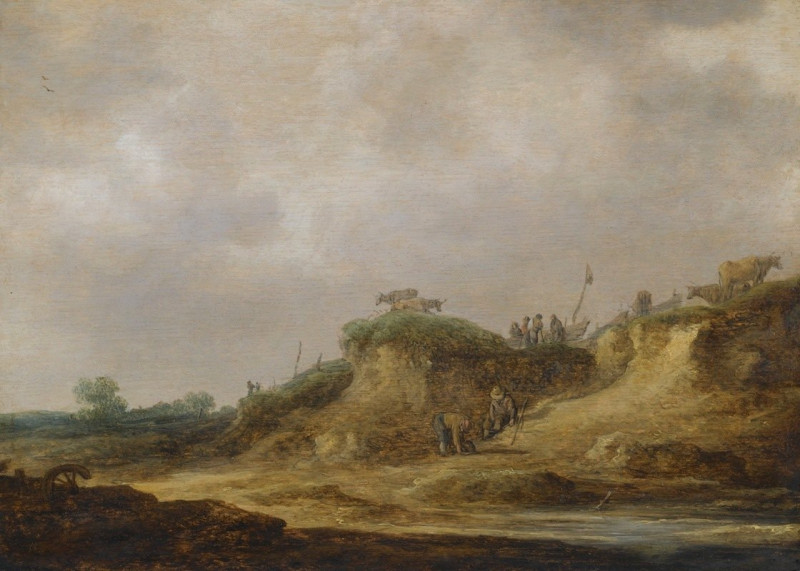Saint Mammès-Morning (1884)
Technique: Giclée quality print
Recommended by our customers
More about this artwork
Alfred Sisley's painting "Saint Mammès-Morning" (1884) captures the quiet tranquility of a French village in a soft, effusive light of early morning. A master of landscape painting, Sisley uses his distinctive brushwork and a delicate palette of blues, greens, and earth tones to convey the serene atmosphere of Saint Mammès, a village situated at the confluence of the Seine and Loing rivers.In the foreground, we see an assortment of daily life debris—rough-cut logs and strewn branches—suggesting a locale actively engaged in lumber and riverside activities. The middle ground is dominated by a robust, lively green tree, a focal point that draws the eye across the village street lined with houses whose white facades gleam under the morning sky. Figures are sparsely scattered, going about their early routines, barely noticeable yet integral to the village’s slow awakening.The expansive sky, painted with broad, sweeping strokes of blues and whites, conveys both the time of day and a sense of weather that is clear and promising. This open sky reflects a typical Impressionist interest in the changing qualities of light and its effects on the landscape."Saint Mammès-Morning" not only conveys the physical attributes of the setting but also evokes a sense of time and place that is immediately recognizable yet striking in its simplicity and beauty.
Delivery
Returns
Alfred Sisley (1839–1899), an English impressionist artist, was renowned for his breathtaking impressionist landscape paintings. Born in 1839 to a wealthy family in Paris, Sisley spent most of his life in France. Despite being intended for a career in commerce, he rebelled and pursued his passion for painting as an amateur in the studio of Charles Gleyre, where he befriended artists Claude Monet and Pierre-Auguste Renoir. The financial loss of his family in the Franco-German War led Sisley to make a career out of his art, though it left him financially distressed. It wasn't until after his passing in 1899 that the true value of his work was recognized.



